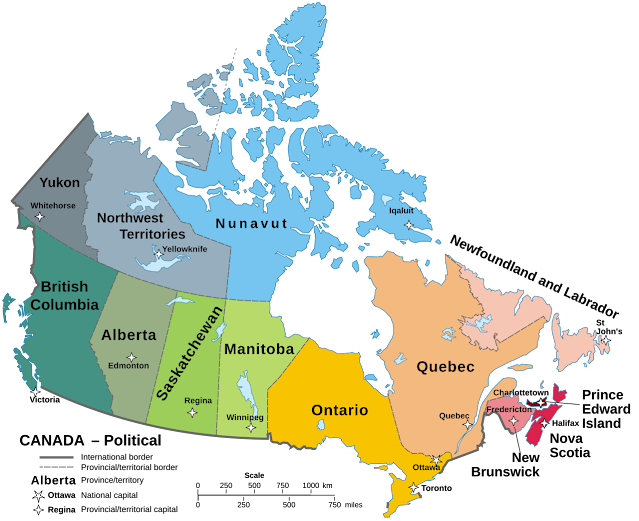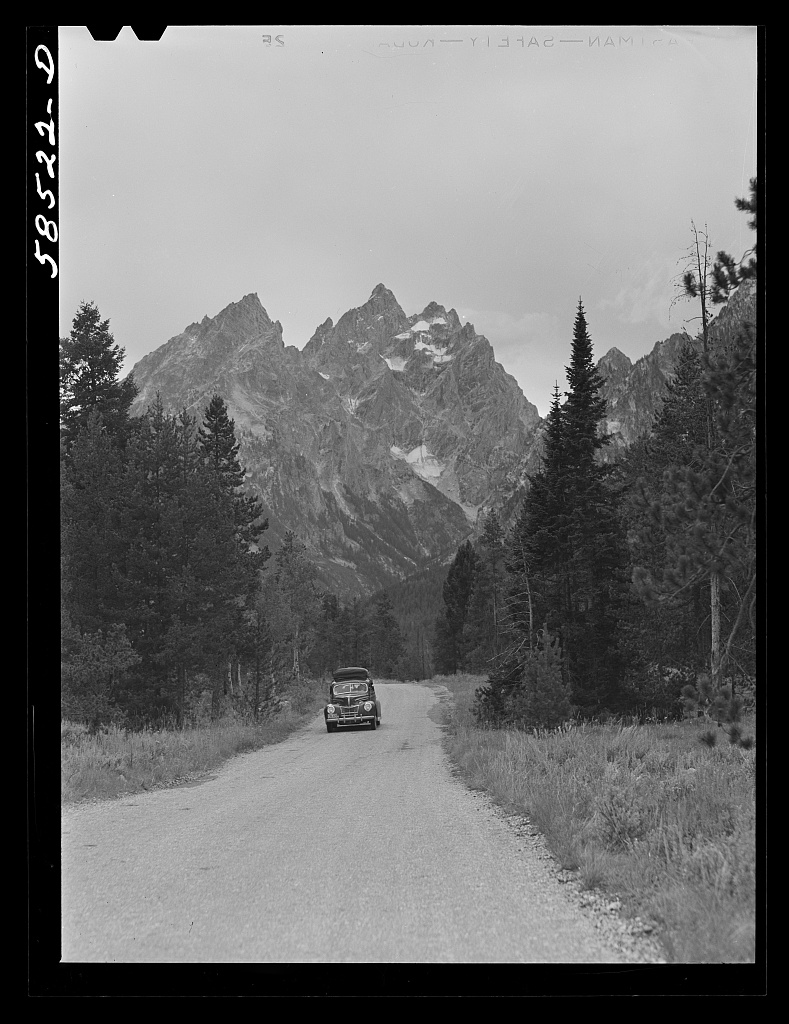We recently posted this lengthy post on a Federal order to rename place names in the Federal domain that contain the word "squaw"
Today In Wyoming's History: Today In Wyoming's History: Wyoming has 43 federal...: Arapaho woman (Hisei), late 19th Century. Today In Wyoming's History: Wyoming has 43 federal places with 'squaw' in the ... : ...
This is, as noted, a pretty in depth exploration of the topic. We'd encourage you to read it.
Now news comes of a ranches decision, or hope, to rename such a place itself, and to drop the name "squaw" in favor of "boobs".
Well, in French, so it's nicer.
Allow us to explain.
In Teton County, as we've already noted, there exists of course the famous Grand Tetons. They're spectacular mountains, to be sure.
A panorama mic we stitched of the Grand Tetons back in 2012. Photobucket since that time has screwed up the linkage, but it's our photo.
On Wyoming's Ladder Ranch, near Savery, just over the Wyoming border in Colorado, there exist a Little Squaw Mountain. The owners of the ranch, whose excellent blog we link in to this site here, are proposing to rename the mountain Petite Tetons.
As many may know, Grand means "big" in French, and "petite" small.
Tetons?
Tits.
Yes, the nameless French fur trapper who came through and named the Grand Tetons was naming it "Big Tits" or "Big Boobs", depending upon how you want to translate it. Perhaps he went on to also name the nearby Gros Ventre, which means "big belly".
Anyway you look at it, the name is actually pornographic. He was wondering around out there and decided that the majestic mountains in what is now northwest Wyoming reminded him of big boobs, and he so named them that. Apparently the suggestion having been made, it stuck, perhaps causing other displaced Québécois to recall mammaries as well. It clearly displayed a prurient interest.
Which the suggestion by the Wyoming ranchers, with land in Colorado, does not. They want to honor the mountain while getting rid of a name that they've come to regard as inappropriate. And why not name it after the majestic Wyoming mountain rage. What is now called Little Squaw Mountain has a certain majesty of its own.
Well, such efforts are fraught with difficulties and dangers, and here we find a couple.
We don't really know, in most cases, what the people who named places "squaw" had in mind. There are all sorts of places named after women, but we often don't know why. There are the "Three Sisters" peaks, for example, also in Wyoming. Why are they named that? I think simply as they're three hills.
The term "squaw", which as noted we examined in this context at length, has become to be regarded as offensive in our day and age. At one time, it both was and wasn't, simultaneously. Early on, it doesn't appear to have been. Times have changed, of course, and it now is.
But could you come out and call a mountain range "The Big Boobs"?
Most certainly not, and for good reason.
But that's exactly what the Grand Tetons are called, albeit in French.
Does that make it okay?
Well, no, but we're used to the name and most of us don't speak French, so no doubt we'll stick with it. . . at least for the time being.
But should we rename a mountain named, basically, "little Indian woman" "small tits"?
I'd prefer that we didn't.
And should Colorado get a Tetons mountain of its own? The range is a distinct Wyoming land feature.
And the Law of Unintended Consequences reigns on.








